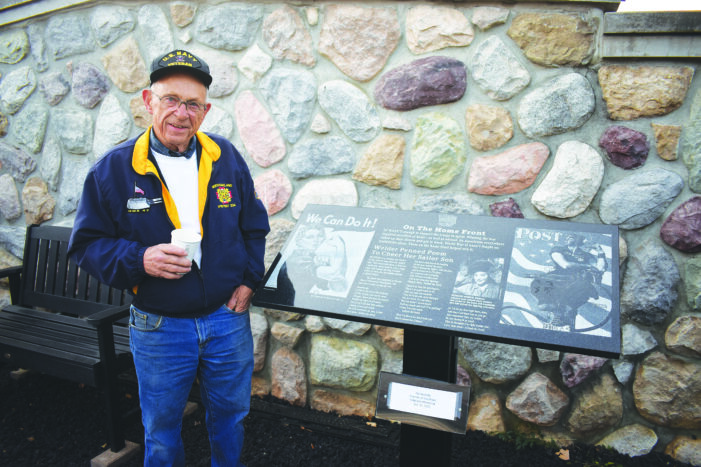By Jim Newell
Review Editor
ORION TWP. — When the United States entered World War II after the bombing of Pearl Harbor on Dec. 7, 1941, the nation mobilized like never before as the war production machine ramped up.
Millions of men soon left their families, their jobs and headed overseas.
The vacancies left by that mass exodus needed to be filled, and American women rose to the call in ways they had never anticipated before, not only Homefront but overseas as well.
Approximately 350,000 American women joined the military during World War II. They worked as nurses, drove trucks, repaired airplanes, and performed clerical work. Some were killed in combat or captured as prisoners of war.
Approximately 150,000 served in the Women’s Army Corps (WAC), more than 1,000 in the Women’s Airforce Service Pilots (WASP), 60,000 in the Army Nurse Corps and 14,000 in the Navy Nurse Corps; 23,000 in the Marine Corps Women’s Reserve and 10,000 in the Coast Guard Women’s Reserves. More than 100,000 joined the Navy’s Women Accepted for Voluntary Emergency Service (WAVES).
Most famously on the Homefront, many women went to work as “Rosie the Riveters” joining the American war production machine.
The Orion Veterans Memorial installed two new plaques in October near the memorial’s Victory Garden. The first plaque honors the Women in the Military and the second plaque honors Rosie the Riveter during WWII.
Lake Orion resident Bob Watros served in the Navy from 1955-58 as a gunner’s mate on the battleship USS Iowa.
Watros recalls how his mother, Florence Watros, was a “Rosie the Riveter” and worked at the Pontiac Motors plant.
“It’s gone now. But during the war all car production stopped and they went to war production. That’s when all the women got hired in the plants, during World War II,” Watros said. “And they were dedicated, like my mother. She just thought that she was saving the world.”
Watros said watching his mother get up and go to work had an impression on him as a young child.
Watros, who is the caretaker of the Orion Veterans Memorial and serves on the Memorial board, said he believes it was important to finally include at the Orion Veterans Memorial a tribute to the service women provided.
“We may not have even won the war if it had not been for the women going to work in the plants to do the jobs of the men who got called away. There were millions of guys who went into the service and left all these jobs. The women, some of them, weren’t sure they could rivet and do all the jobs they had to do but they caught on quick,” Watros said.
“And when the war was over, they wanted to keep their jobs but the servicemen coming back, they wanted their jobs back. So, there was a little problem after the war with women being kicked out of the workforce.”
“By the end of World War II, more than 19 million women were in the workforce and 350,000 women had served in the US Armed Forces,” according to information from the National World War II Museum in New Orleans.
As many as 75 percent of women, according to several reports, wanted to continue working after World War II, but were laid off in large numbers at the end of the war.
During World War II, the Willow Run bomber plant near Ypsilanti, Michigan was constructed by the Ford Motor Company for the mass production of the B-24 Liberator military aircraft.
Watros went down to an anniversary ceremony at the Willow Run plant.
“We were down there and they had some original Rosie the Riveters there. All these women were 90 years old but still proud of what they did 75 years ago. So, they never forgot,” he said.


Leave a Reply